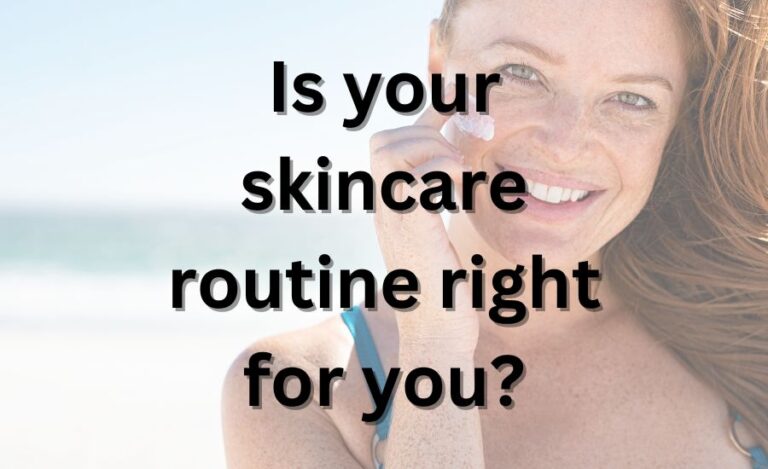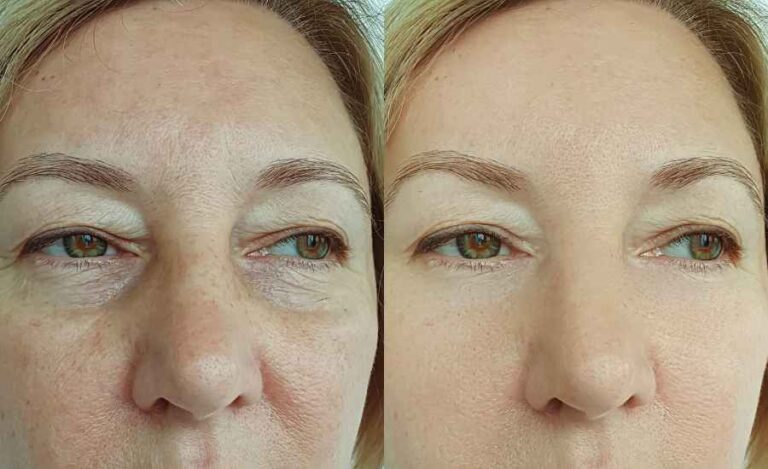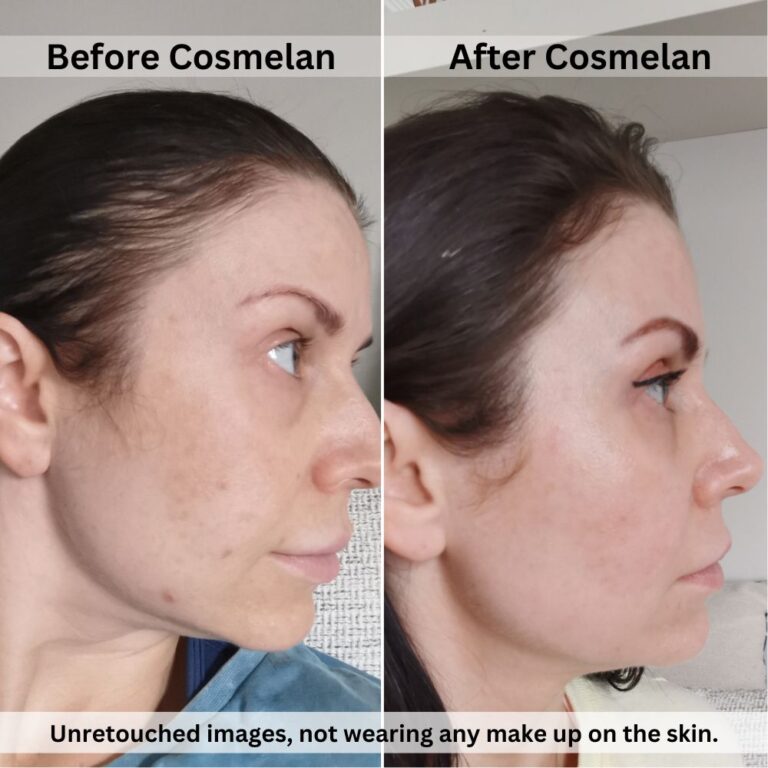The skincare industry is a dynamic and rapidly growing sector of the global beauty market. The growth is driven by changing consumer preferences, technological advancements, and a growing emphasis on sustainability.
In 2024, the industry is poised to reach new heights, with skincare projected to generate up to $186 billion in revenue by the end of this year.
This comprehensive overview presents 60 accurate skincare industry statistics for 2024, covering global trends, natural skincare preferences, sustainability concerns, emerging beauty trends, the rise of Korean skincare (K-beauty), the integration of artificial intelligence (AI), and insights into the skincare markets of the United States and Australia.
Join us as we delve into the data shaping one of the most dynamic segments of the beauty and personal care market.
What Skincare Industry Stats are Covered?
What is the difference between Skincare, Cosmetics and Beauty Products?
Before we dive into to the stats, let’s quickly get a clear understanding of what is the difference between skincare, cosmetics and beauty products, as they are often used interchangeably, but they don’t cover the same things.
Skincare:
Skincare specifically refers to products that help improve, rejuvenate, and enhance the appearance and health of the skin and mostly refers to the skin of the face, products include anti-aging creams, serums, sun protection, pigmentation topical treatments, and acne. Skincare does not include makeup or cosmetic procedures. Think of products that help your skin become better without surgical intervention or injections.
Cosmetics:
Cosmetics encompass a wide array of products, among which skincare is included. According to the FDA, cosmetics refer to substances applied to the human body for cleansing, enhancing beauty, promoting attractiveness, or changing appearance without affecting the body’s structure or functions. This category typically includes makeup, moisturizers, hair dyes, perfumes, colognes, nail care items, permanent wave solutions, hair straighteners, and removers. (fda.gov)
Cosmetics, however, do not include cosmetic procedures like Botox, fillers, or surgical procedures.

Beauty Products:
Beauty products is a term often used to describe cosmetics so it’s also a very broad term and often used interchangeably with cosmetics. This means when beauty is mentioned in this article it covers broader figures that reflect figures for makeup, body care, hair care, and facial skincare.

What exactly is covered in this statistics report?
When Skincare is mentioned in the stats it means the figures are for the skincare segment specifically. In this report, we will mainly focus on the Skincare segment.
However, some broader beauty and cosmetics stats are also mentioned in the report below. These will be referred to as cosmetics or beauty products. Which means the figures also include make up, hair care, nail care as well as facial skincare products.
Top Skincare Industry Statistics.
The skincare market is booming, with a projected revenue of $186 billion in 2024. Consumers are increasingly seeking natural and sustainable skincare products, driving the market towards organic and chemical-free options.
- The Skincare market is projected to generate a revenue of $186 billion in 2024. (Statista)
- 40.2% of consumers reported that they search for natural ingredients when purchasing beauty and skincare products.
- 15% of shoppers now consider sustainability information more important than price, efficacy, or product description when buying a beauty product.
- Skincare has a 42% market share in the beauty industry.
- The most trending skincare products are natural, organic, and chemical-free.
- The main target market for skincare products is women between the ages of 30-60.
Global Skincare Industry Statistics 2024.
Firstly, let’s cover some important skincare industry statistics globally.
- Skincare Market is projected to generate a revenue of $186 billion in 2024.
- The global skincare market is projected to reach over $195 billion USD by 2032.
- The men’s personal care market is projected to hit $276.9 billion by 2030.
- In 2024, one in six skincare purchases worldwide will be made online.

Natural Skincare Industry Statistics.
- In 2024, the Natural Skin Care market is expected to generate revenue of over US$25 billion.
- 40.2% of consumers reported that they search for natural ingredients when purchasing beauty and skincare products.
- 56% of consumers search for paraben-free products.
- 43% of consumers search for sulfate-free products.
- 18% of consumers look for products with botanical extracts when shopping.

Sustainability in Skincare.
- 79% Of Beauty Shoppers Have Doubts About Sustainability Claims.
- Almost three-quarters of consumers (71%) are unsure what brands actually mean when they say ‘environmentally friendly’ and 62% say the same for ‘green’ claims.
- 9 in 10 shoppers believe sustainability and other ethics-related considerations are important when buying beauty products.
- 15% of shoppers now consider sustainability information more important than price, efficacy, or the product description when buying a beauty product.
- 44% of 18-36-year-olds say that sustainability and ethics-related considerations are very important when buying beauty and wellness products – that’s twice as many as those aged 55+.
- According to one survey 41% of the shoppers considered independent verification as very trustworthy, making it the most trusted source of sustainability information when consumers are in purchasing mode.
Artificial Intelligence (AI) in Skincare.
AI in the beauty industry is revolutionizing various aspects. Here are some of the ways beauty industry is using AI in 2024:
- Virtual Try-Ons: AI-powered tools let customers preview products digitally.
- Formulation and Development: Algorithms use data to formulate products.
- Recommendations and Analysis: AI analyzes customer data for personalized suggestions.
- Generating Imagery: AI aids in creating marketing visuals.
- Trends Prediction: Algorithms forecast upcoming beauty trends.
- Retail Experiences: AI enhances in-store and online shopping.
- Supply Chain Management: AI improves efficiency and sustainability.
- Beauty Devices: AI is integrated into devices for personalized skincare.
- Chatbots: AI-powered assistants offer real-time customer support online.
- Social Campaigns: AI analyzes social media trends for campaigns.

- AI in the beauty and cosmetics market is expected to grow to $3.97 billion in 2024, at a Compound Annual Growth Rate (CAGR) of 21.5%. (TheBusinessResearchCompany)
- According to Adobe, companies that use data-driven insights are more likely to have a competitive advantage and are 1.5 times more likely to report revenue growth of 15% or more.
- In January 2023, The Este Lauder Companies launched VMA (Voice-Enabled Makeup Assistant), which leverages facial recognition to provide audio feedback on a user’s application or makeup.
AI is aiding beauty companies in creating more sustainable products to meet the increasing demand for responsibly manufactured goods. Through the analysis of ingredient data and product lifecycles, AI can recommend eco-friendly alternatives, thereby reducing the environmental impact of cosmetics and skincare items.
Skincare & Beauty Trends.
- Women in their 20s spend more money on make-up than any other age group.
- Women over 30 focus more on anti-aging products and facial moisturizers.
- Women who regularly buy skincare products spend close to $3,756 USD per year on cosmetics and skincare in America.
- Beauty shoppers say YouTube is their top source for beauty-related content.
- 67% of beauty shoppers rely on reviews of social media influencers compared to only 34% that pay attention to public figures and celebrities.
- Post-Covid pandemic, 22% of women started spending more time and money on skincare routine and products.
Korean Skincare (K-Beauty) Statistics.
- The K-beauty product market is estimated to be valued at US$ 10,875.7 million in 2024 and is expected to rise to US$ 19,293.7 million by 2034.
- South Korea has become a key player in the global beauty market and leaning into green beauty since sustainability became more and more important worldwide.
- In 2022, cleansers generated the highest revenue globally in K-beauty of all skincare products, generating 2.2 billion USD, followed by moisturizers and sun protection.
United States Skincare Industry Statistics 2024.
- In 2024, the Skin Care market in the United States is projected to generate a revenue of US$24.35bn.
- It is anticipated that the market will experience a yearly growth rate of 2.94%.
- The United States is experiencing a surge in demand for natural and organic skincare products.
- Revenue share for online shopping for skincare accounted for 32.1% in 2024.
- Making the United States the leader in skincare revenue generation compared to the rest of the world.
Skincare Industry Statistics in Australia 2024
- The Australian skincare market is projected to reach $1.417 billion in 2024.
- The Australia skincare market was led by the facial care category in both value and volume terms in 2021.
- Hypermarkets & supermarkets were the leading channels in the distribution of skin care products in the country.
Conclusion.
In conclusion, consumers are increasingly conscious of the ingredients in their skincare products, with a preference for natural and organic formulations. Sustainability has also become a key focus, with consumers seeking eco-friendly options and supporting brands that prioritize environmental responsibility.
As the industry evolves, trends such as the rise of K-beauty, the integration of AI, and the shift towards online shopping are reshaping the skincare landscape.
Understanding these trends and consumer preferences is essential for businesses looking to thrive in this competitive market.




